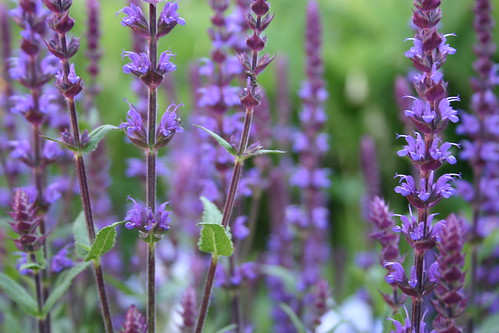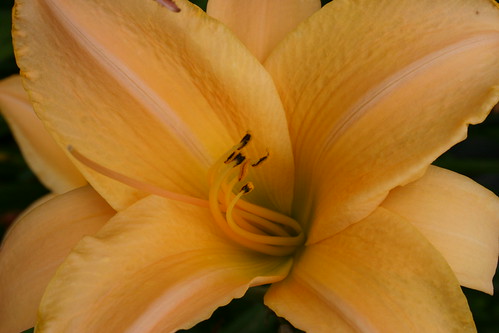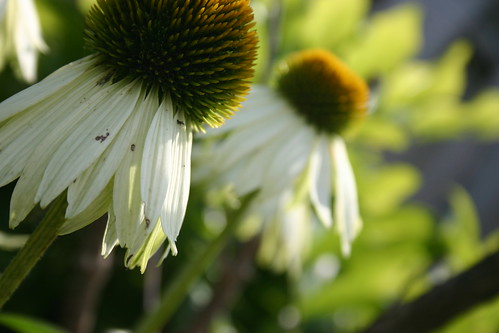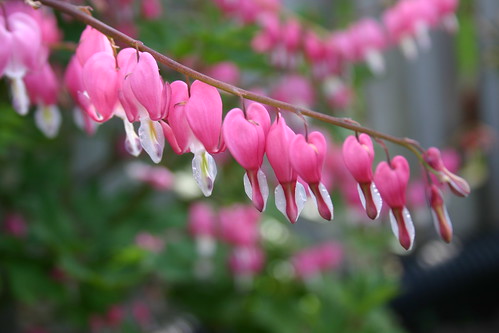Tuesday, September 30, 2008
My plans for the garden in the spring
2. Significantly scale back and move our large rose bush at the back of the yard.
3. Get a chicken or two (and make a coop).
4. Get another 2x2 composter to create a one rotting, one using compost system.
5. Split all of our perrenials and a. give some away b. transplant the others
6. Create a 4x6 vegetable patch.
7. Learn all the proper names of the plants in our garden and post them on this blog with pictures.
Propogating Black Currants
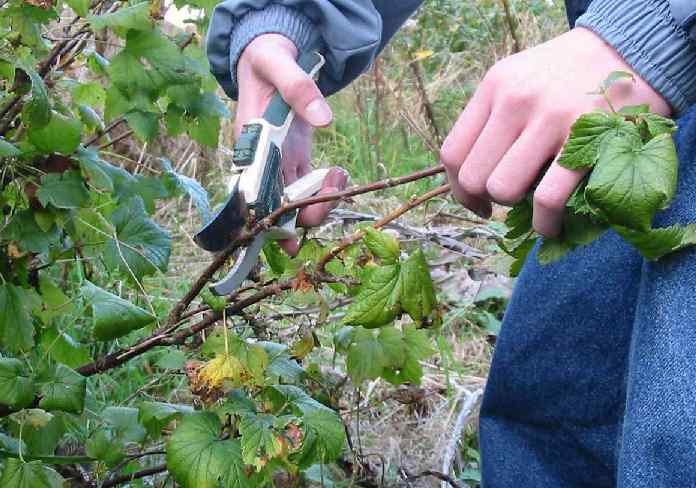 The time to propagate the bushes is when the foliage has stopped growing and is beginning to turn brown or falling off. A good time is mid-October although a couple of weeks later is almost as good. Take cuttings from healthy bushes only - ignore bushes with any signs of disease.
The time to propagate the bushes is when the foliage has stopped growing and is beginning to turn brown or falling off. A good time is mid-October although a couple of weeks later is almost as good. Take cuttings from healthy bushes only - ignore bushes with any signs of disease.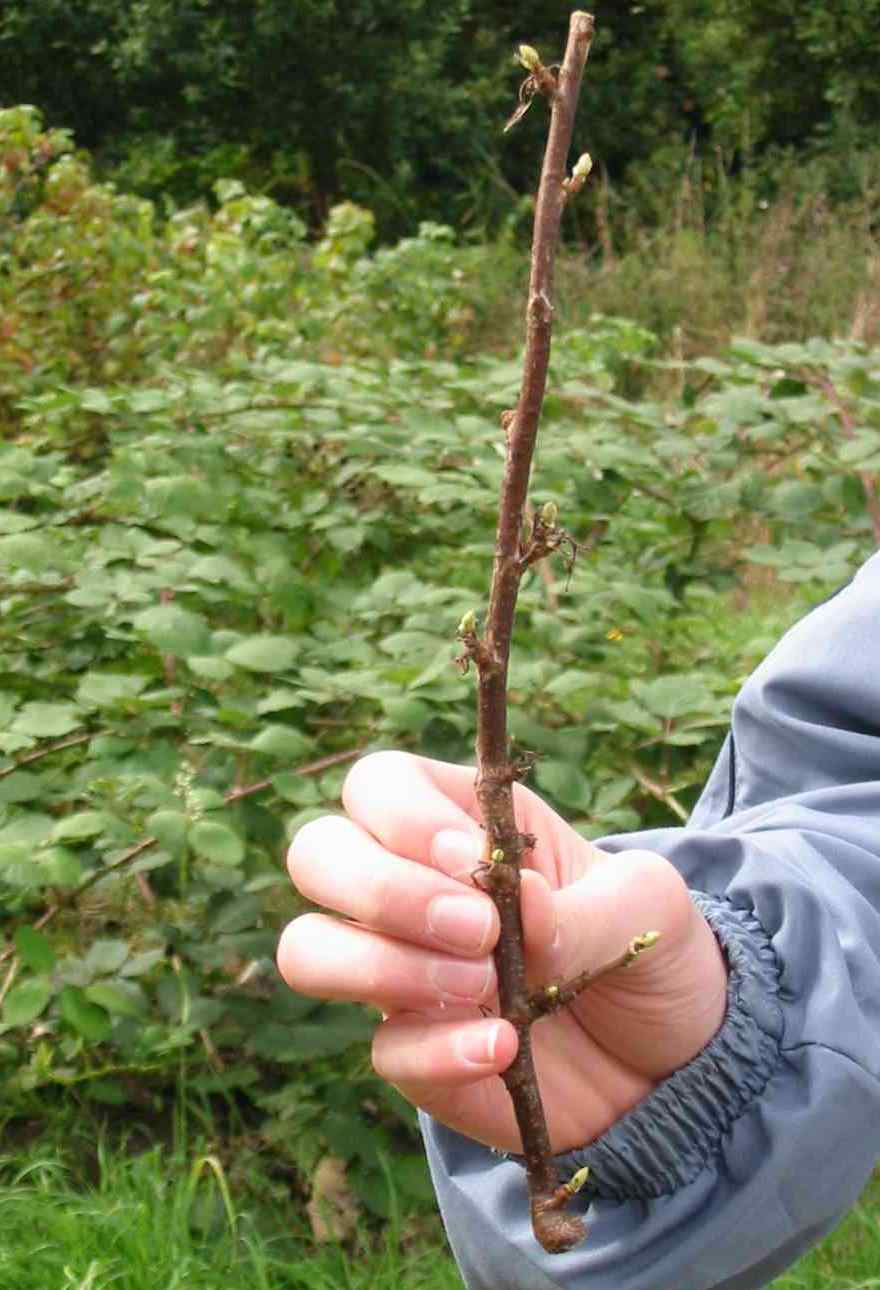 Select a healthy looking stem of ripened (brown not green wood) and cut a 25cm (10in) length.
Select a healthy looking stem of ripened (brown not green wood) and cut a 25cm (10in) length.
The cut should be made just below a bud. Pull off all the leaves from the stem being careful not to remove the stem. The result should look like the picture below.
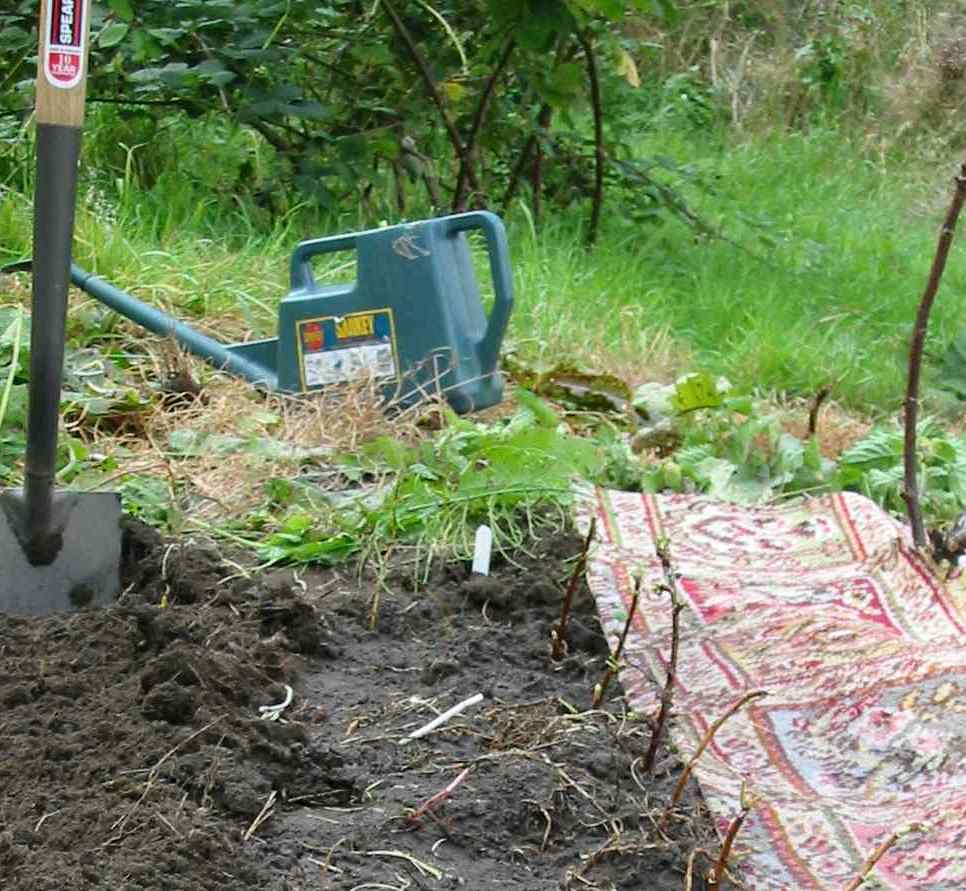 Dig a trench about 15cm (6in) deep and incorporate a handful of bonemeal into the removed soil. Place the cuttings into the trench making sure that at least two buds will remain above the soil surface and that there are four or more buds below the surface. Space the cuttings 20cm (8in) apart.
Dig a trench about 15cm (6in) deep and incorporate a handful of bonemeal into the removed soil. Place the cuttings into the trench making sure that at least two buds will remain above the soil surface and that there are four or more buds below the surface. Space the cuttings 20cm (8in) apart.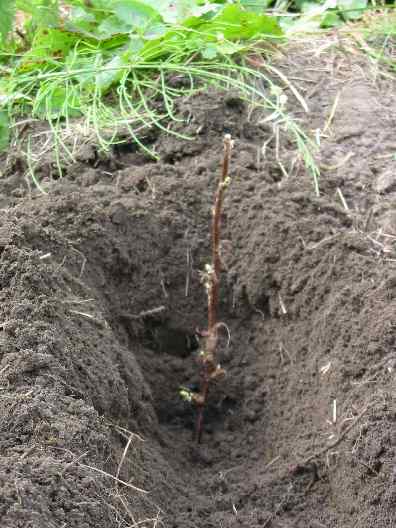 Fill in around the cuttings with the removed soil, being careful not to damage the buds below or above the soil. Gently firm the soil down around the cutting with your foot. Water the soil well. It is a good idea to mulch around the cuttings with well-rotted compost to conserve water.Leave the cuttings in the ground until October next year then dig them up with as much of their root ball intact as possible. Transplant them to their final positions as if they were bought from a nursery
Fill in around the cuttings with the removed soil, being careful not to damage the buds below or above the soil. Gently firm the soil down around the cutting with your foot. Water the soil well. It is a good idea to mulch around the cuttings with well-rotted compost to conserve water.Leave the cuttings in the ground until October next year then dig them up with as much of their root ball intact as possible. Transplant them to their final positions as if they were bought from a nursery
Source: Garden Action UK
Monday, September 29, 2008
Flowers in our garden
Sunday, September 28, 2008
The point of this blog
2. To serve as a journal of our experiences, trials, triumphs and other subjectives of gardening.
3. To keep track of what we do from year to year.

